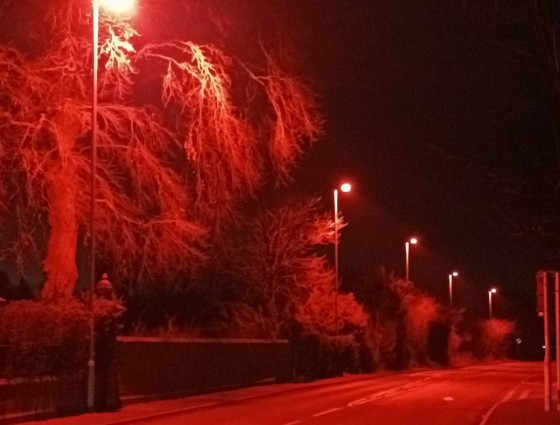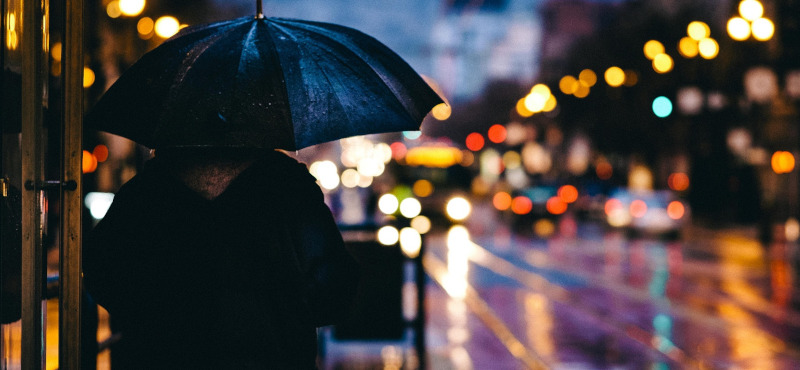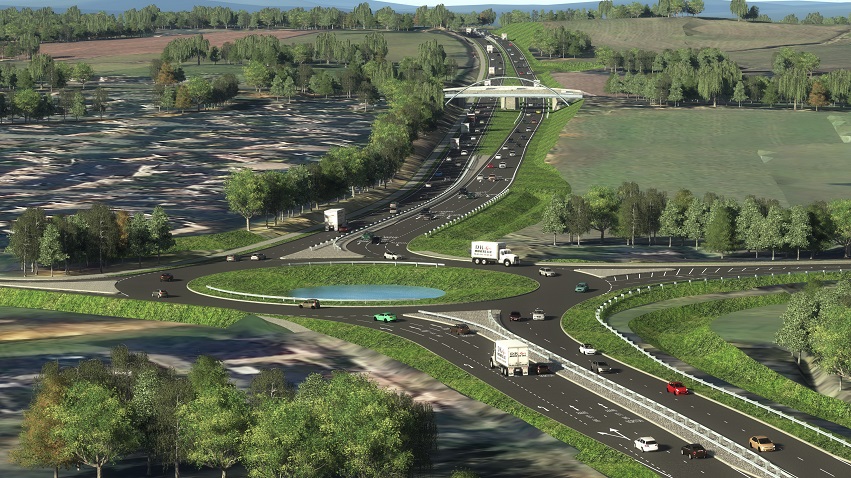
Street lighting performance
Annual energy consumption and emissions for street lighting.
We are making considerable headway in reducing our energy consumption and carbon emissions as the tables below illustrate:
Annual Energy Consumption for Street Lighting and all other unmetered assets on the highway network
| Year | 2019/20 | 2020/21 | 2021/22 | 2022/23 | 2023/24 |
|---|---|---|---|---|---|
| kWh | 18,269,390 | 16,874,248 | 15,402,296 | 13,213,116 | 10,475,408 |
Annual Carbon emissions for Street Lighting and all other unmetered assets on the highway network
| Year | 2019/20 | 2020/21 | 2021/22 | 2022/23 | 2023/24 |
|---|---|---|---|---|---|
| Tonnes CO2 | 5026 | 4234 | 3424 | 2760 | 2333 |


 Facebook
Facebook X
X Email
Email WhatsApp
WhatsApp Messenger
Messenger